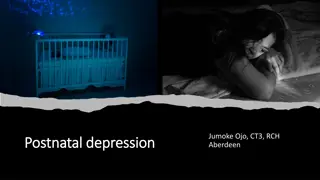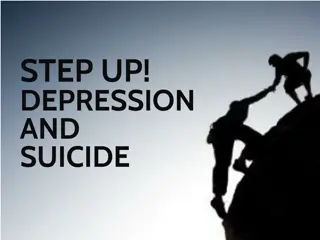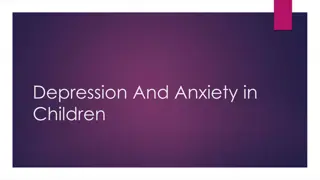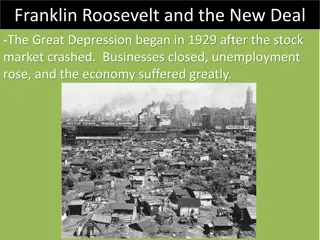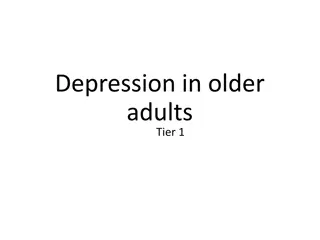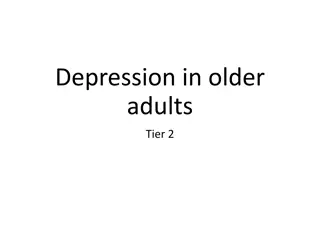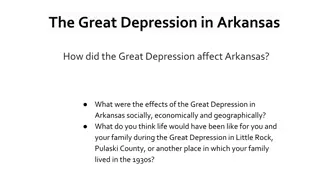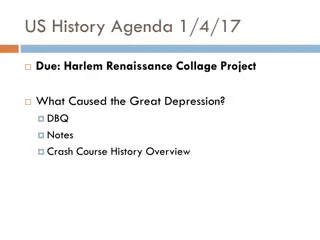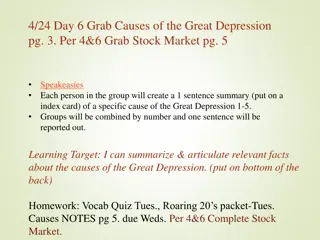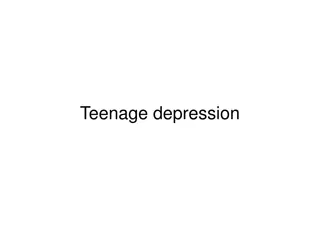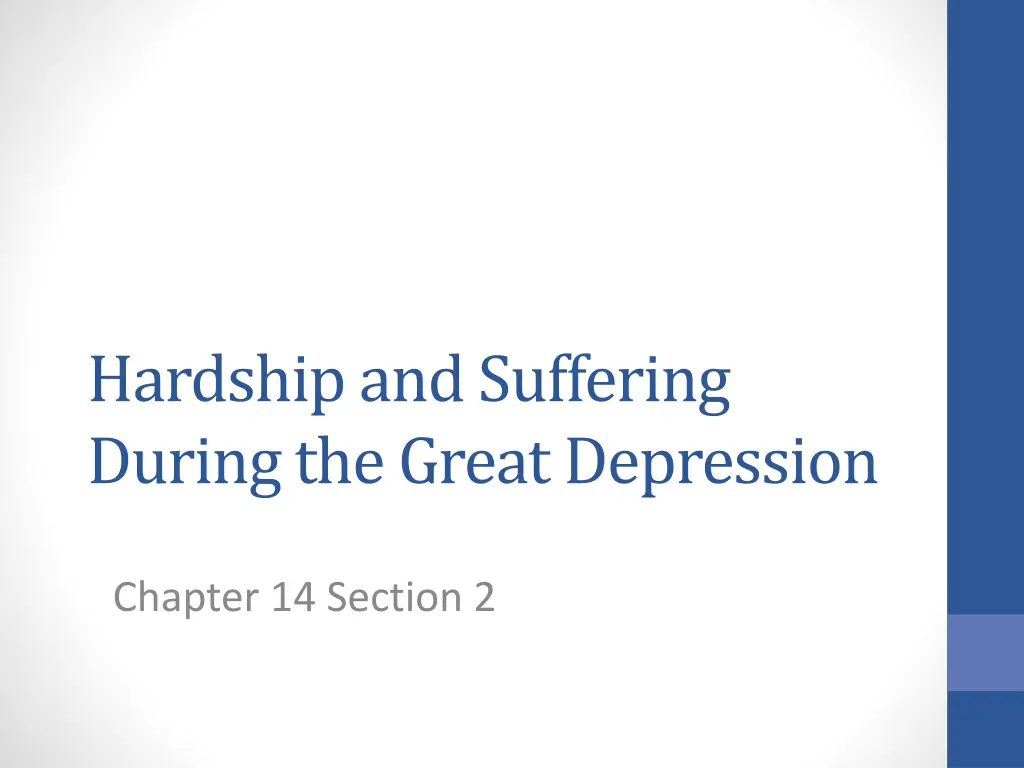
Hardship and Suffering During the Great Depression - A Look into Economic Struggles
Explore the challenges faced during the Great Depression, including job loss, homelessness, and economic disparities in both urban and rural areas. Learn about the impact on minorities, the Dust Bowl phenomenon, and the journey of affected farmers seeking refuge in California.
Download Presentation

Please find below an Image/Link to download the presentation.
The content on the website is provided AS IS for your information and personal use only. It may not be sold, licensed, or shared on other websites without obtaining consent from the author. If you encounter any issues during the download, it is possible that the publisher has removed the file from their server.
You are allowed to download the files provided on this website for personal or commercial use, subject to the condition that they are used lawfully. All files are the property of their respective owners.
The content on the website is provided AS IS for your information and personal use only. It may not be sold, licensed, or shared on other websites without obtaining consent from the author.
E N D
Presentation Transcript
Hardship and Suffering During the Great Depression Chapter 14 Section 2
Depression in the Cities People lost their jobs Evicted from their homes Ended up with nothing, wandering the streets Shantytowns little towns consisting of shacks (built out of anything they could throw together for shelter)
Depression in the Cities Soup Kitchens Offered free or low-cost food Bread Lines-Lines of people waiting to receive food Usually provided by charities or public agencies
Minorities during the Depression Often had it harder than did whites Suffered higher unemployment Lower pay And racial violence
Depression in Rural Areas Had one advantage over living in the city: Some farmers were able to grow their own food However, with falling prices, rising debt, and the drought, many farmers lost their land Between 1929 and 1932 over 400,000 farms were lost through foreclosure
The Dust Bowl Regions that were hardest hit: Kansas Oklahoma New Mexico Colorado Texas Farmers had cultivated so much land that there was nothing to hold the soil down Exhaustion of the land from overproduction
Dust Bowl cont. Route 66 Route to California followed by many devastated farmers and their families Became known as Okies Black blizzards the most severe dust storms Often reached all the way to the East Coast cities
Direct Relief Direct Relief-Cash payments or food provided by the government to the poor
Women and Children during the Depression Women Had to manage tight household budgets; encountered opposition in holding jobs outside the home Children Suffered from poor diets and inadequate healthcare; many welfare programs and schools were shut down
The Legacy of the Depression The Great Depression shattered many people s dreams. But in terms of mental health there are two lessons to be drawn from the experience. 1. It is clear that the suffering of the Great Depression became part of the national legacy. Fears of broken lives and ill health were handed down from parents to children. 2. The resiliency of a people, who banded together to help each other, with millions of anonymous acts of kindness illuminated an otherwise bleak landscape.


